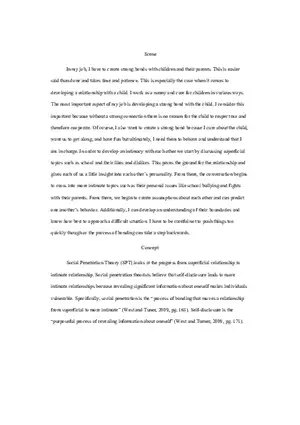Answer Key
Major Grade. Very Important
-
University:
The University of Texas at San Antonio -
Course:
COM 3083 | Language and Communication Theory Academic year:
2023
-
Views:
414
Pages:
1
Author:
Chaim Ware
Related Documents
- Literature Sample Paper 2023
- Literacy Intervention - Answers
- Language Arts Reading Test - Answers
- Operant Conditioning Worksheet
- Night Vocabulary Words and Definitions
- Yopp-Singer Test of Phoneme Segmentation
- Kung Like Water for Chocolate - Answer
- The Crucible Answer Key
- Module 2: Language Practice Exercises: Verb Forms and Conditional Sentences
- Micro Lesson 3 Notes
- Module 8 : Language Practice Exercises: Verb Forms and Conditional Sentences
- Module 9: Language Practice Exercises: Verb Forms and Conditional Sentences
- Grammar Exercises 1 : Comparative Structures, Tense Conversion, and Modal Verbs
Major Grade. Very Important

Report
Tell us what’s wrong with it:
Thanks, got it!
We will moderate it soon!
Report
Tell us what’s wrong with it:
Free up your schedule!
Our EduBirdie Experts Are Here for You 24/7! Just fill out a form and let us know how we can assist you.
Take 5 seconds to unlock
Enter your email below and get instant access to your document

